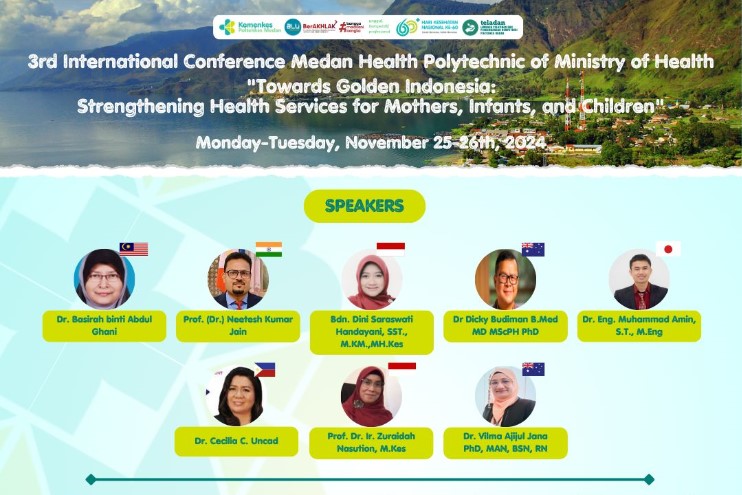INFLUENCE OF THE ROLE OF DALIHAN NA TOLU IN PREVENTING TYPE 2 DIABETES MELLITUS IN PADANGSIDIMPUAN CITY 2024
Keywords:
Dalihan Na Tolu, DM tipe 2, Health PromotionAbstract
Diabetes Mellitus (DM) is a non-communicable disease condition that occurs due to damage to insulin production in the body (PERKENI, 2021). DM sufferers usually experience symptoms such as frequent urination, excessive thirst, blurred vision, rapid fatigue, and significant weight loss. An increase in blood sugar levels that exceeds normal limits, or hyperglycemia, can trigger various health complications. Dalihan Na Tolu (DNT) is a symbol of three indigenous community groups working together to resolve various existing affairs, problems and burdens. Principles such as togetherness, mutual cooperation, rights and obligations, and love to maintain family relationships are highly respected in this culture Apart from that, DNT also plays an important role in regulating and guiding individual behavior in the social life of society. This research uses a qualitative approach with the Participatory Action Research (PAR) method. This method was chosen because it was considered appropriate for designing a health promotion model based on Dalihan Na Tolu (DNT) in an effort to prevent Type 2 Diabetes Mellitus in the at-risk Mandailing ethnic group in Padangsidimpuan City. Before this study was conducted, there were 34 people or 85% categorised as high risk of type 2 diabetes mellitus, and 6 people or 15% categorised as low risk. After this study was conducted. There is 38 people or 95% categorized as low risk of type 2 diabetes mellitus and 2 people or 5 % categorised low risk. Health promotion with the Dalihan Na Tolu approach as a measure to prevent type 2 diabetes mellitus includes promotive and preventive efforts, without neglecting curative and rehabilitative aspects. The main objective of this approach is to reduce morbidity, disability and mortality from type 2 diabetes mellitus.


